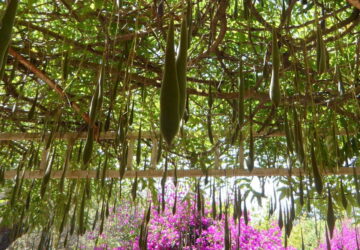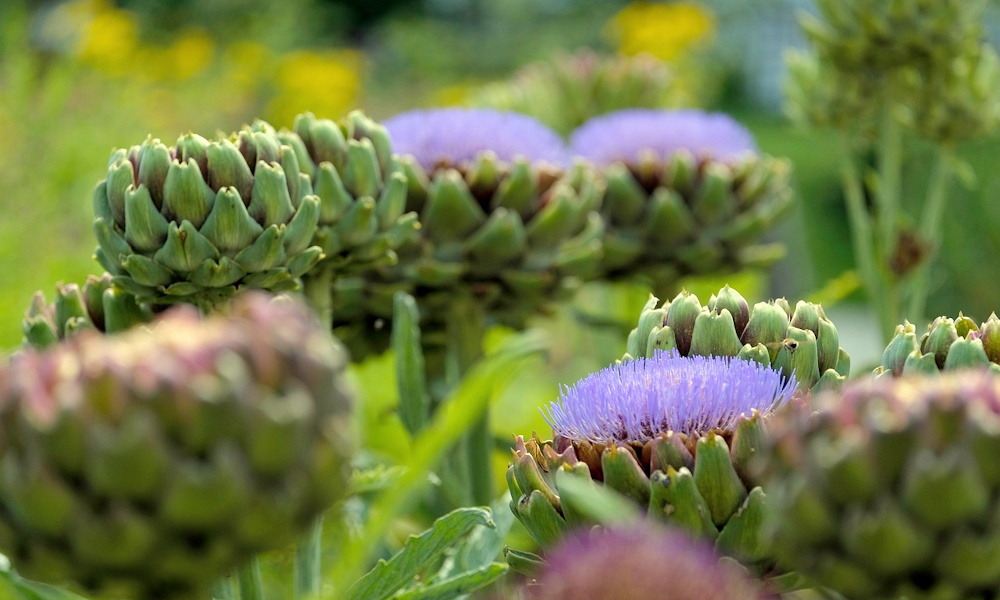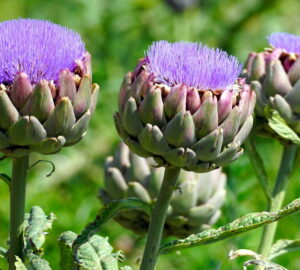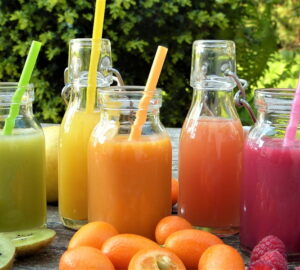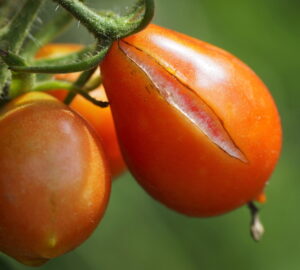Imagine walking into your garden and seeing vibrant colors, rich textures, and striking shapes. Now, imagine being able to snack on what you see! Edible landscaping combines the beauty of ornamental plants with the functionality of edible varieties, allowing you to create a garden that looks stunning and serves up fresh produce. Here’s how you can turn your garden into a feast for both the eyes and the palate.
Why Choose Edible Landscaping?
Edible landscaping goes beyond traditional vegetable gardens, blending aesthetics with utility. Not only do you save space and enhance biodiversity, but you also have the opportunity to enjoy fresh, homegrown produce. This method integrates edible plants into decorative designs, transforming your garden into an attractive, eco-friendly space that promotes sustainable living.

Top Plants for Edible Landscaping
1. Swiss Chard (Beta vulgaris subsp. vulgaris)
- Description: With vibrant red, yellow, and pink stems, Swiss chard is both nutritious and striking. Its large, glossy leaves add lush greenery to your garden.
- Edibility: This plant is versatile in the kitchen, great for salads or as a cooked green.
- Placement Tip: Plant Swiss chard in flower beds for a pop of color, or line it along walkways as a leafy border.
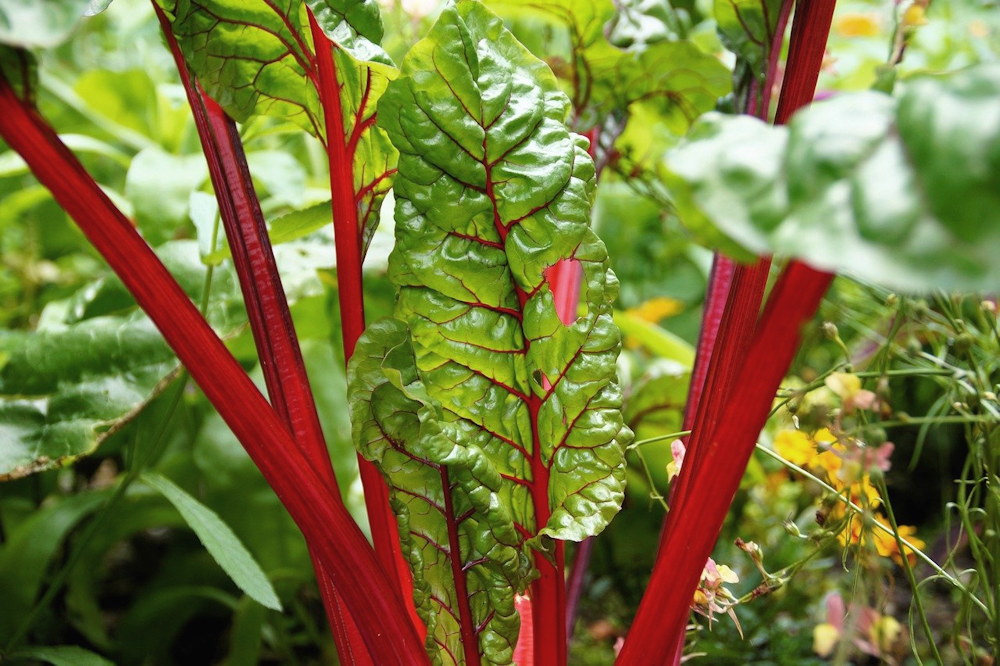
2. Nasturtiums (Tropaeolum majus)
- Description: These cheerful flowers come in bright shades of orange, yellow, and red, with trailing vines that add an informal touch to the garden.
- Edibility: Both the leaves and flowers have a peppery flavor, perfect for salads or garnishes.
- Placement Tip: Use nasturtiums as ground cover around taller plants or let them cascade over the edges of containers for added visual interest.
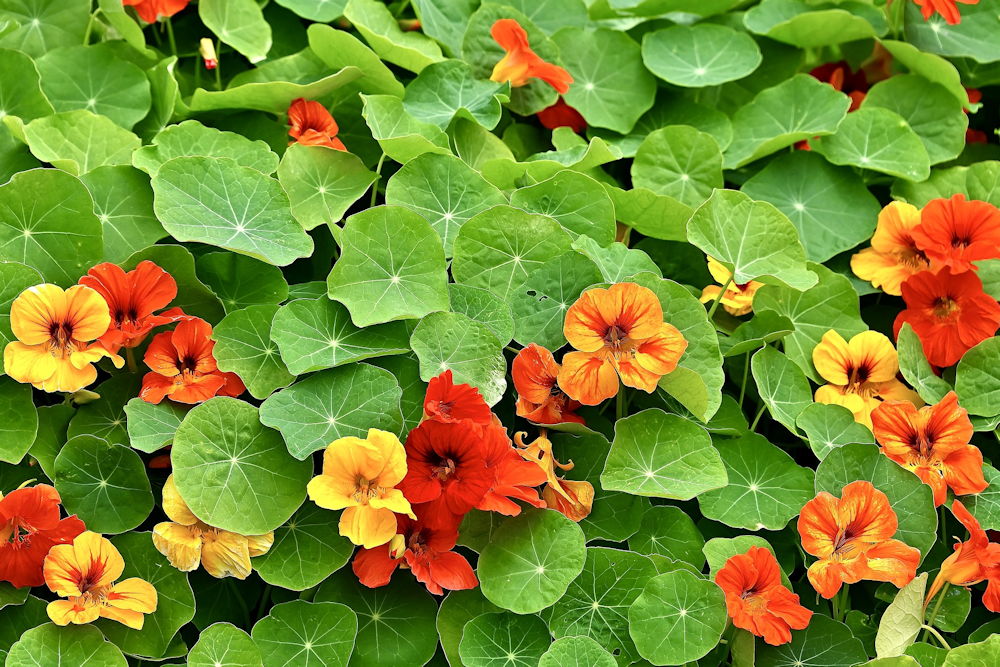
3. Purple Basil (Ocimum basilicum var. purpurascens)
- Description: Purple basil’s deep purple foliage provides a dramatic contrast to green plants and bright flowers, creating depth and texture.
- Edibility: This herb is aromatic and flavorful, ideal for pesto, salads, or as a garnish.
- Placement Tip: Plant purple basil near paths or seating areas to enjoy its fragrance, or as an accent plant within a mixed border.

4. Blueberry Bushes (Vaccinium spp.)
- Description: Blueberry bushes offer white spring blossoms, lush summer foliage, and fiery fall colors, making them visually appealing year-round.
- Edibility: Blueberries are delicious fresh or in desserts, and they’re rich in antioxidants.
- Placement Tip: Use blueberry bushes as hedges or privacy screens. They thrive in acidic soil, so pair them with other acid-loving plants.

5. Kale (Brassica oleracea var. sabellica)
- Description: Kale’s curly leaves and varying shades of green, purple, and bluish-green add texture and depth.
- Edibility: High in nutrients, kale is a versatile green for salads, smoothies, or cooked dishes.
- Placement Tip: Plant kale in flower beds or mixed borders, where its robust foliage complements flowering plants.
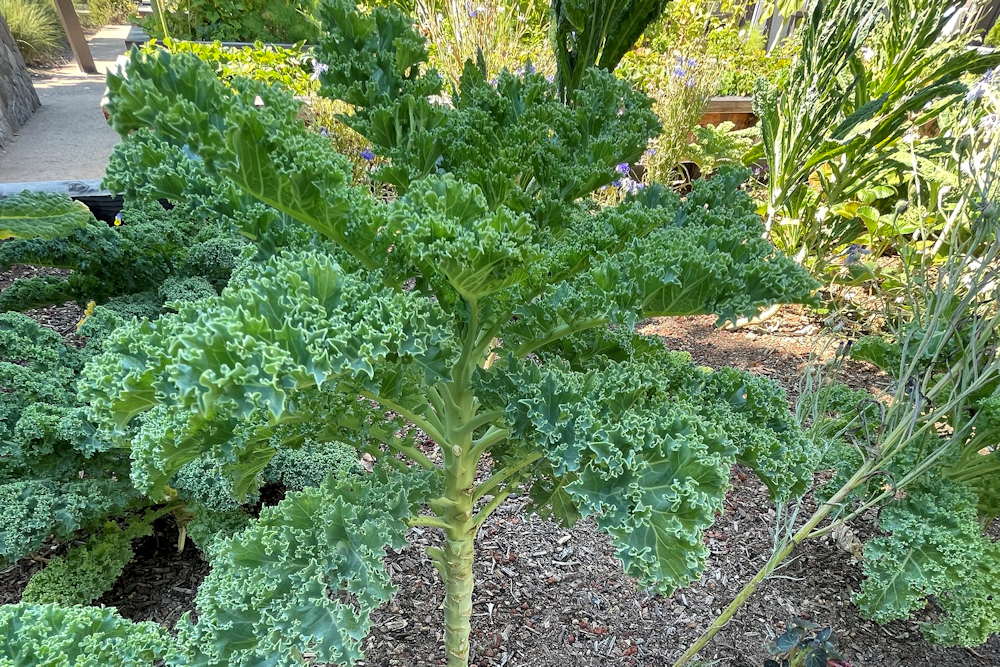
6. Artichoke (Cynara scolymus)
- Description: With its large, silver-green leaves and purple flower heads, artichoke adds a bold, architectural presence to the garden. Its height and broad foliage create a striking visual impact.
- Edibility: The edible buds, specifically the fleshy leaves and the heart, are delicious after cooking and make a unique addition to meals.
- Placement Tip: Plant artichokes at the edge of your garden or as a focal point in a sunny bed, where their striking foliage can stand out as a centerpiece.

7. Honeyberry (Lonicera caerulea)
- Description: Honeyberry bushes produce dark blue, blueberry-like berries and are adorned with small, yellow flowers in the spring.
- Edibility: The berries are sweet-tart and can be enjoyed fresh or used in jams and sauces.
- Placement Tip: Plant several bushes together to create a colorful thicket, or use them as a hedge for both beauty and practicality.

8. Purple Sweet Potato (Ipomoea batatas)
- Description: Purple sweet potato has colorful, burgundy and purple foliage that adds a unique splash of color while serving as excellent ground cover.
- Edibility: The tubers are sweet and nutrient-rich, perfect for a variety of dishes once harvested.
- Placement Tip: Use as a ground cover or plant in containers where the trailing vines can cascade over the edges, providing a visually appealing display.

Designing an Edible Landscape: Tips for a Harmonious Garden
- Create Layers with Height and Color: Mix plants of different heights and colors for a visually dynamic garden. For example, use blueberry bushes as a taller backdrop and kale or Swiss chard in the foreground.
- Emphasize Paths and Borders: Use edible plants like Swiss chard, nasturtiums, or kale to line pathways or border garden beds. This guides the eye and makes the garden feel more structured.
- Choose Plants that Offer Multi-Season Interest: Plants like blueberry bushes, which change with the seasons, add year-round beauty to your garden. Consider planting perennials that will continue to return, adding depth to the landscape as they grow over time.
- Interplant with Flowers for Pollinator Attraction: Including flowering edibles like nasturtiums and herbs such as basil can attract pollinators, supporting a thriving, biodiverse garden ecosystem.
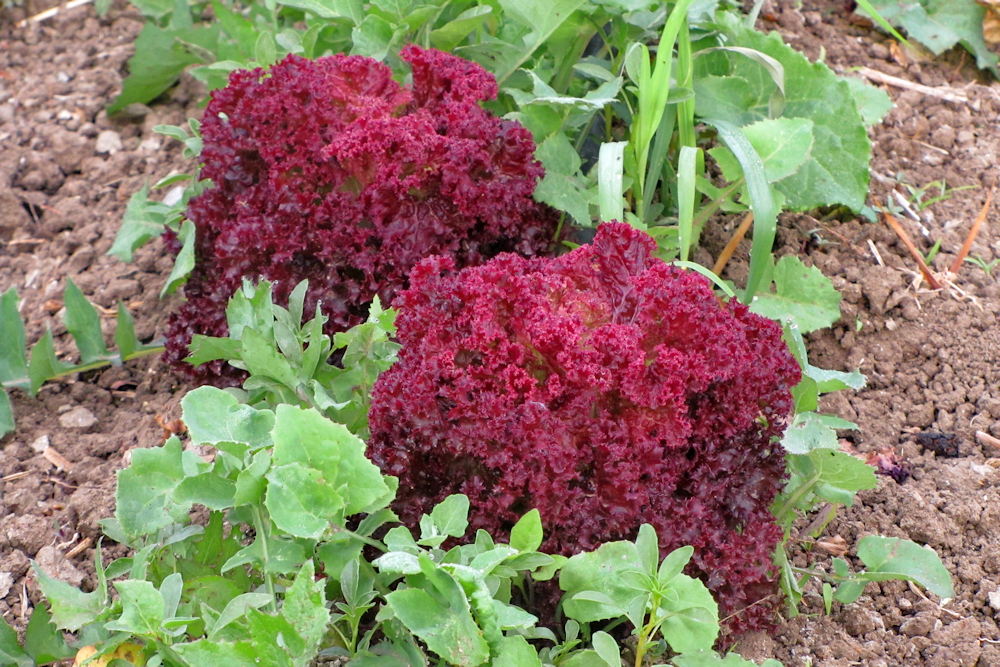
Bringing It All Together
Designing an edible landscape is about balancing beauty and function, creating a space that you can enjoy both visually and gastronomically. With the right plants and a thoughtful layout, you can have a garden that satisfies the senses in more ways than one.

